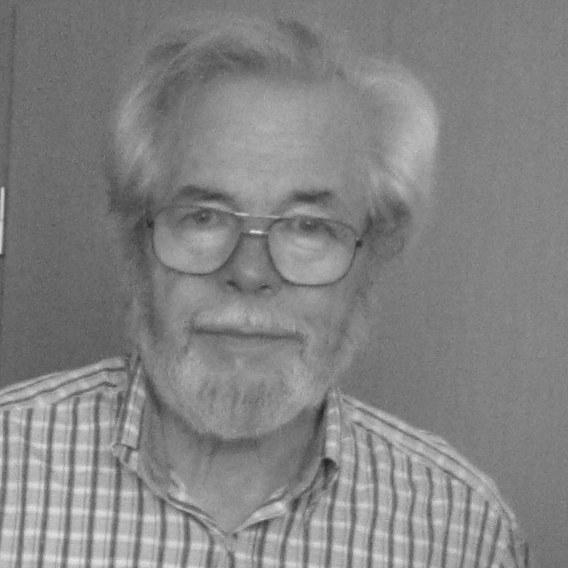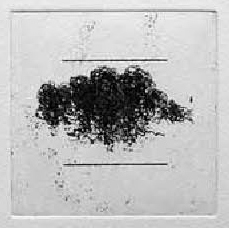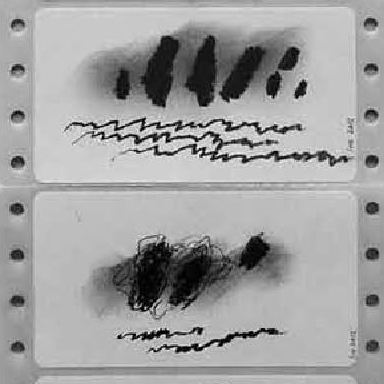8th LESSEDRA INTERNATIONAL PAINTING & MIXED MEDIA COMPETITION, Ivo Mršnik, Slovenia, Special Presentation of the First Prize Winner from the 7th
Lessedra Gallery, Sofija, Bolgarija 15. 12. 2017–25. 3. 2018

Ivo Mršnik: Records from within
The exhibition of drawings and graphics by Ivo Mršnik is a retrospective of his works from last thirty years. Although the motifs are varied at first glance—from portraits and landscapes to abstract `psychograms’ (vivid records of inner moods)—we recognize the author's distinctive artistic style which stems from his understanding of drawing as an expression of inner feelings. A spontaneous movement of the hand leaving a visible trace behind represents the mental stream of consciousness. This is a modernist literature term denoting a technique of recording an internal monologue which also well describes Mršnik's drawings.
Lines show the invisible waves of air currents, draw contour lines of landscapes, or illustrate skin textures, but the expressiveness of the drawings prevails over narrative. A pattern of lines is sparse at some place and dense at other. This way, Ivo Mršnik models surfaces and, above all, stresses tension. Organic forms that occur in places where the lines are particularly thick are called `cocoons’. From these cocoon-like shapes grow mounds of shapes, accumulate hills, materialize mystical landscapes and cosmic worlds. Waves, spirals, and concentric circles stimulate motion. Ceaseless rising and setting, moving and circulating, emerging and dying of lines and forms create artful dynamics and introduce a sense of time into the works of Ivo Mršnik.
The beams of bright whiteness which in some places severely cut across the depicted landscapes also bear strong symbolic significance. Geometrically straight lines act as a counterweight to organic forms. They are effective compositional accents, but at the same time they illustrate the relationship between reason and emotion, between solid matter and intangible meanings. The trees that fill the horizon in more realistic depictions of karst landscapes act similarly—as a dividing line and at the same time a link between the sky and the earth. This feeling of a bipolar division is especially pronounced in strictly symmetrical parts. The abstracted landscape showing the mirroring of the sky in the lake can be read as an illustration of the Platonic thought of the mirrored Idea in the material world. In some parts, networks or coordinate systems appear as an element of reason to balance the turbulent emotions. Also, the motif of the picture in the picture—the coexistence of two graphic matrices—can be interpreted as the relationship between the visible external landscape and the inner world.
Signs of personal presence are inhabited in endless spiritual landscapes. Palm and fingerprints can act as random spots or play the role of the main elements of composition, but they always open an issue of identity. A fingerprint is literally a seal of the author who gives himself into his artworks. The pattern of the skin and the line drawing is similar to the growth of shadows produced on textured surfaces. Sometimes the author crumples the paper itself thus getting a rough, expressive basis. Sheets of paper softly wrinkled by moisture can sometimes be found as remnants of the graphic process.
Ivo Mršnik enhances the idea of repetition and multiplication, which is the core idea of printmaking, by impressing several matrices on a single print. His conceptual starting point comes even more to the fore with the use of industrial materials. Those works are produced using bases not usually used in arts as, for instance, endless computer paper or strips of self-adhesive labels. They resemble movie tapes thus creating an illusion of a sequence of pictures and, by doing this, they convey the idea of temporality, capriciousness, and transience. The persistent, almost obsessive recording of internal beat momentarily escapes the artist's intellectual control and becomes completely impulsive, and therefore contrasts with an artistic medium. Because its intrinsic value belongs to a dead machine, human energy of the author's artistic intervention is even more pronounced.
Every exhibition of Ivo Mršnik’s art is a unique spatial setup. His works—previously pressed under a graphic press, folded in folders and bundles, piled up in lofty stacks of paper, and embedded in a studio where, as a result of the author's prolificity there is a constant space shortage—finally set free, come to life, and speak out more clearly in the gallery. The titles of the works which the author often uses to express his poetic moods are also significant.
In his works, Ivo Mršnik perpetually couples thoughtfulness and control with spontaneousness and randomness. The lines—the traces of the hand—are visual and conceptual signs of the author's experience, they are fragments of his thoughts and feelings. The absence of colours and minimalist style stress the expression of lines and textures. A sophisticated and intimate drawing style reveals immense emotional and intellectual subtlety of Ivo Mršnik.
Monika Ivančič Fajfar, A freelance curator, art critic, and educator in culture
8TH LESSEDRA INTERNATIONAL PAINTING & MIXED MEDIA COMPETITION is organised by Lessedra Gallery.



